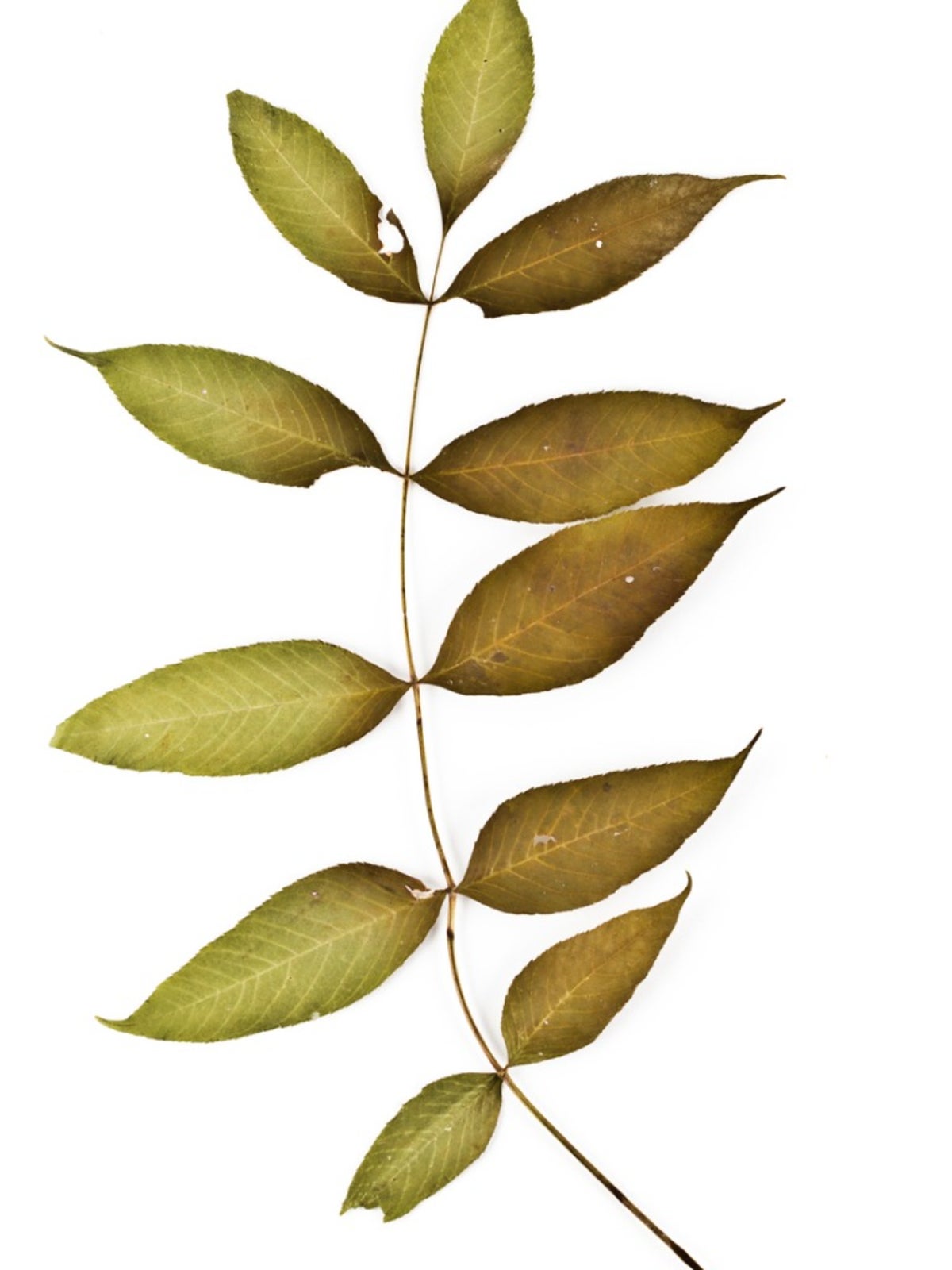Black Ash Tree Information – Learn About Black Ash In Landscapes


Black ash trees (Fraxinus nigra) are native to the northeast corner of the United States as well as Canada. They grow in wooded swamps and wetlands. According to black ash tree information, the trees grow slowly and develop into tall, slender trees with attractive feather-compound leaves. Read on for more information about black ash trees and black ash tree cultivation.
Black Ash Tree Information
The tree has smooth bark when it is young, but the bark turns dark gray or brown and gets corky as the tree matures. It grows to some 70 feet (21 m.) tall but remains fairly slender. The branches head upward, forming a slightly rounded crown. The leaves on this ash tree are compound, each including seven to eleven toothed leaflets. The leaflets are not stalked, and they die and fall to the ground in autumn. Black ash trees produce flowers in early spring, before the leaves grow in. The small, petal-less blossoms are purple and grow in clusters. Fruits are winged samaras, each shaped like a lance and carrying a single seed. The dry fruit provides nurture for wild birds and small mammals. The wood of black ash is heavy, soft, and durable. It is used to make interior finishing and cabinets. Strips of wood are flattened and used to make baskets and woven chair seats.
Black Ash in Landscapes
When you see black ash in landscapes, you know you are in an area with a cold climate. Black ash trees thrive in U.S. Department of Agriculture plant hardiness zones 2 through 5, usually in wet areas like deep cold swamps or riverbanks. If you are considering black ash tree cultivation, you’ll need to be sure you can offer the trees a climate and growing conditions where they will grow happily. These trees prefer a humid climate with adequate precipitation to keep soil moist during the growing season. You’ll do best with cultivation if you match the soil it prefers in the wild. The tree generally grows on peat and muck soils. It occasionally grows on sands with till or loam beneath.
Sign up for the Gardening Know How newsletter today and receive a free copy of our e-book "How to Grow Delicious Tomatoes".

Teo Spengler is a master gardener and a docent at the San Francisco Botanical Garden, where she hosts public tours. She has studied horticulture and written about nature, trees, plants, and gardening for more than two decades, following a career as an attorney and legal writer. Her extended family includes some 30 houseplants and hundreds of outdoor plants, including 250 trees, which are her main passion. Spengler currently splits her life between San Francisco and the French Basque Country, though she was raised in Alaska, giving her experience of gardening in a range of climates.